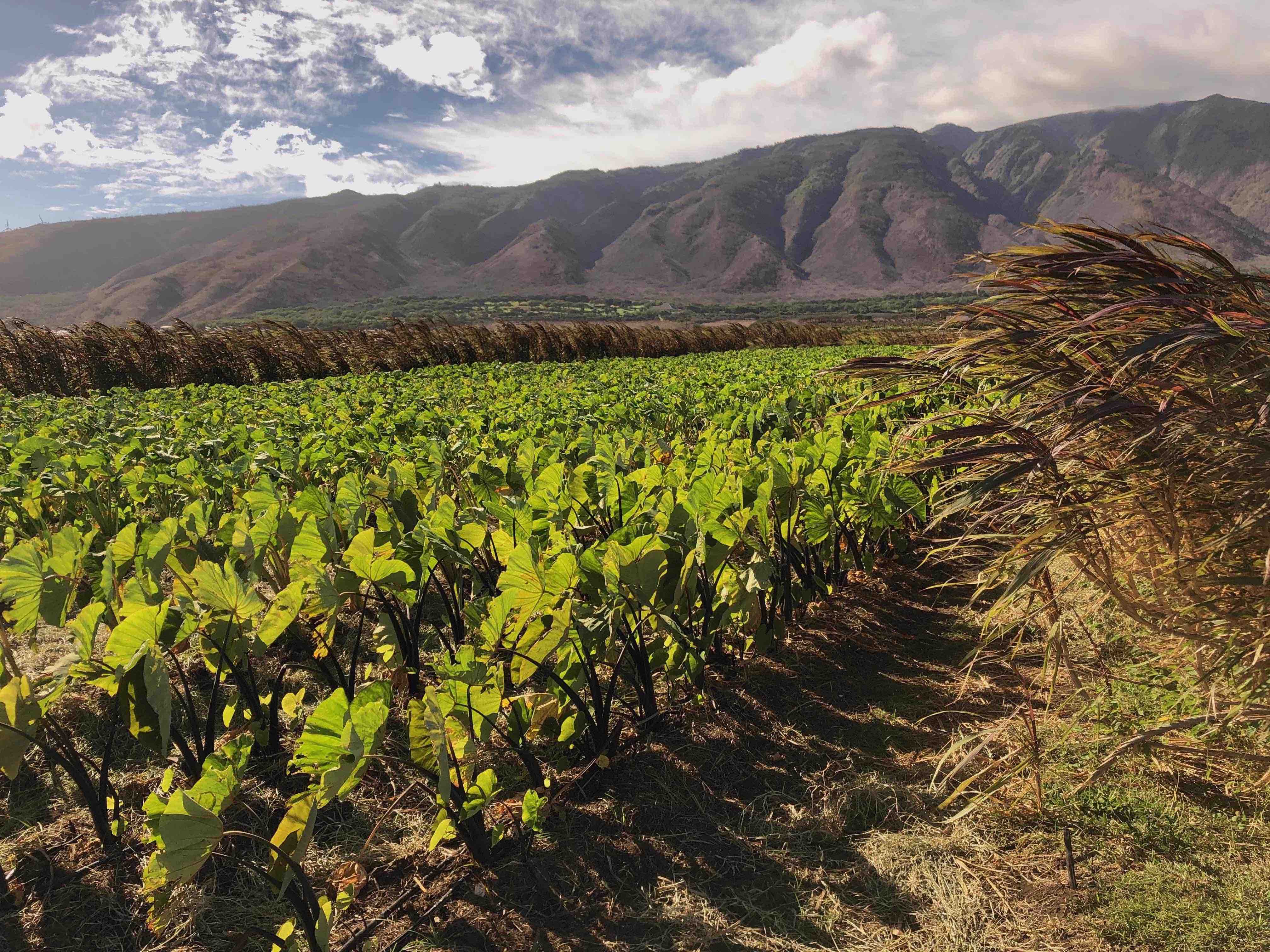by Bill Greenleaf
Water use is a critical aspect of ecologically sound development, which is a core element of Maui Tomorrow’s mission. When we talk about water use, it can be helpful to first take a look at the nature of water in soil. Two things can happen to water when it rains or when land is irrigated; the water can be absorbed into the soil, or it can be rejected by compacted ground, leading to waste from runoff.
Can compacted ground be remediated to absorb water? The answer is yes, and the process is foundational to an ancient form of agriculture now referred to as Regenerative Agriculture.
Composting is the process by which biomass is transformed into food for the soil – food that is necessary for plants to use for their growth and health. All plants can be composted, a process in which bugs, worms, and beneficial microbes consume the decaying material, exuding biomass as a byproduct of their consumption. Composted material that is worked into the soil reduces the compaction, allowing water to penetrate deeper into the ground.
As water soaks into the earth, it brings life deep into the soil. Much of this water remains in the ground as a foundation for each successive watering; once a reservoir of deeper water has been established, less watering is required at the surface.
The nature of water storage in healthy soil was an “aha!” moment for me. This is critical to understanding why healthy soil uses much less water, and why hard soils are devoid of life due after treatment with chemical fertilizers and pesticides.
Imagine moving down into the layers of healthy soil. We find a dense amount of water by volume in the first few inches; that’s where plant roots feed and get water. Water that is not used near the surface trickles down, forming a reservoir that feeds beneficial microbes while storing moisture. In a healthy regenerative agriculture system, these microbes are what enable the plants to access nutrients contained in the soil.
Now imagine hard, sun baked and wind swept dirt. Much more water must be used in irrigation to accommodate the water lost from runoff. Due to the fact that many of the beneficial microbes have been killed off by chemical fertilizers and pesticides, the plants cannot access the nutrients stored in the soil, and are reliant on chemical inputs to survive; this perpetuates the cycle that killed the soil biota in the first place. In addition to wasting water, this allows the trade winds to pick up the quickly drying top soil and carry it out to the ocean, where it can suffocate corals and damage our baby fish nursery.
The climate of Hawaiʻi is ideal for growing biomass; we live in a biomass producing machine. Multiple public composting sites in east, south, west and central Maui could generate enough organic matter to restore Maui’s soils and reduce water use, while helping regenerative agriculture to thrive.
Bill Greenleaf is a regenerative farmer who serves as Secretary on the Board of Maui Tomorrow Foundation.




